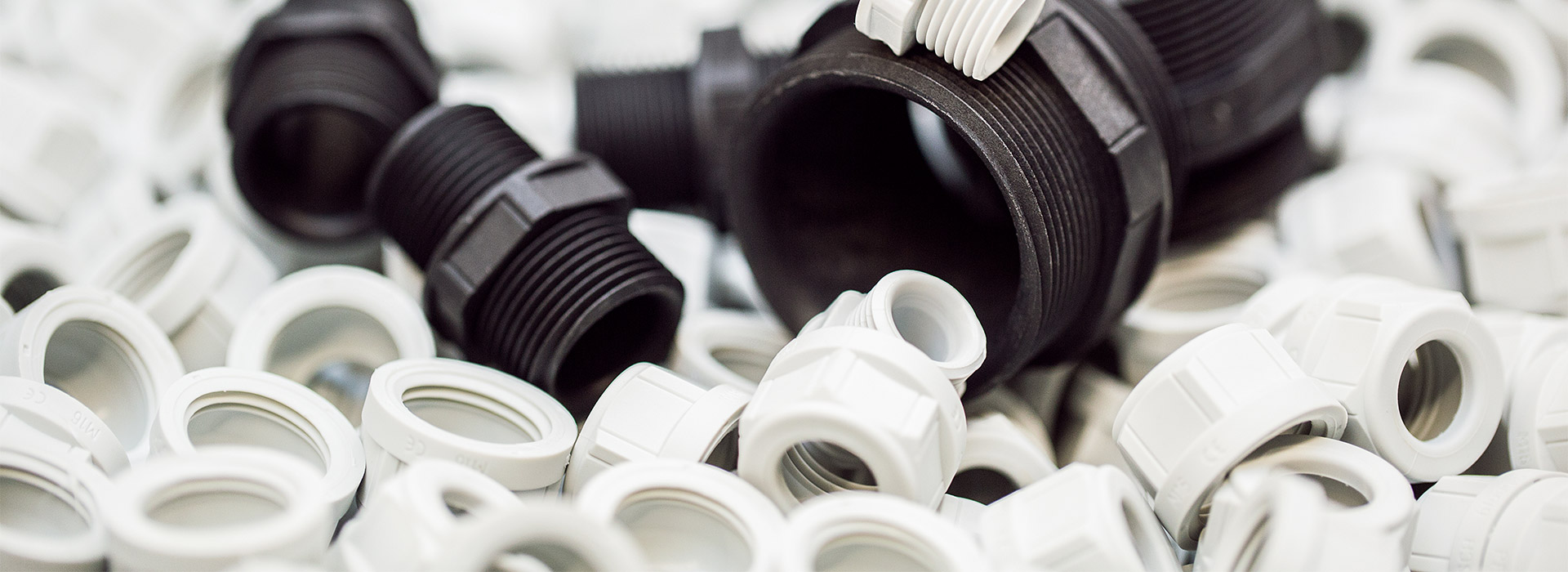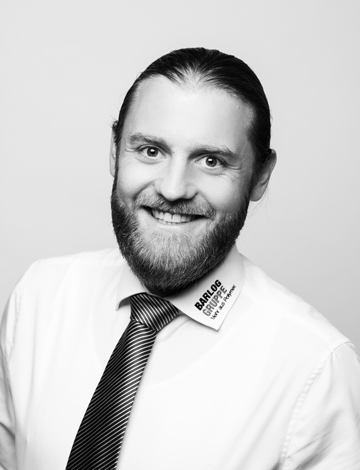

Injection molding training for setters

Part 1: Prevent processing problems
Getting to know the material plastic
- Profile of the most important thermoplastics
- Fundamentals of polymer chemistry
- Differentiation of plastics
- Nomenclature – recognize what you process
Material pretreatment
- Incoming goods – optical quality control
- Storage, packaging and labeling
- Drying and residual moisture
- How does moisture absorption work?
- Blends (dryblend and compounds)
Effect of incorrect material pretreatment
- practical examination in the test laboratory
Material properties and their units
- Understanding material data sheets
- Subdivision of properties
- Explanation of units
- Explanation of test methods

Part 2: Systematic sampling
Theory unit
- Cooperation with the tool shop
- Basic setting of the machine according to data sheet
- Overview of the most important parameters
- Basic program for a new mold
- Process sequence of an injection molding cycle
- Checking the plastic melt
- Swelling flow
- Filling study
- Holding pressure
- Cavity pressure
- Process optimization
- Documentation of settings and parameters
Practice unit
- Practical exercise on the injection molding machine
- Application of the learned knowledge

Part 3: Molding defects and optimization
Theory unit
- Detect and classify
- Cause: Tool or machine parameter?
- Optimization possibilities
- Interaction of individual parameters
The following error patterns are predominantly treated:
- Sink marks
- Blowholes/vacuoles
- Streaks (moisture, air, combustion, glass fibers and paint streaks)
- Free jet
- Diesel effect/Burner
- overspray/crater
- Record effect
- Warpage
- Deformation due to demolding
- Weld line
- Gloss differences
- White break
- Stress cracks
Practice unit
- Practical exercise on the injection molding machine
- Determination of causes on the basis of case studies
- Application of the acquired knowledge
Your trainer

Contact PersonChristian Schumacher
Head of education and training
Head of education and training

